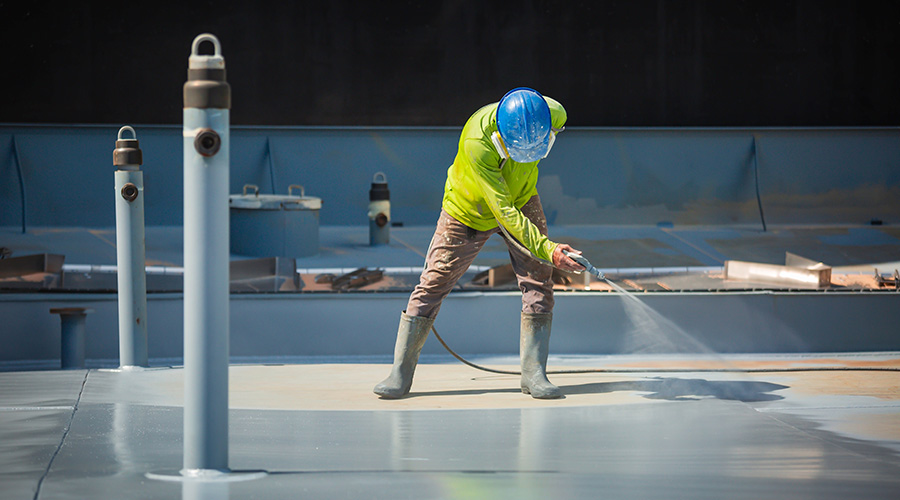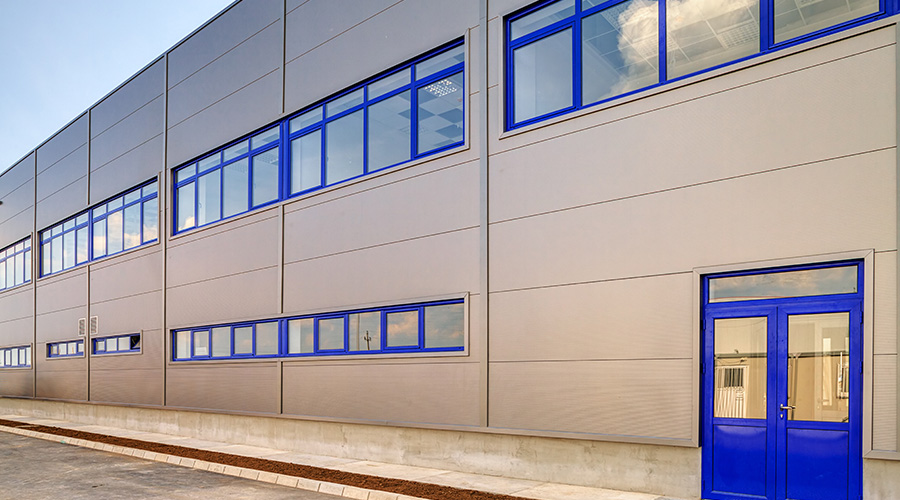Environmentally Friendly Paints and Coatings Prompt Managers to Rethink Strategies
Specifying paints and coatings for use in institutional and commercial facilities has never been more challenging. Maintenance managers must select products that are cost-effective, aesthetically pleasing, and deliver long performance lives. But perhaps more importantly than any of these considerations, managers also need to specify paints and coatings that are environmentally friendly.
By understanding green-product information from organizations such as Green Seal and Greenguard, and the U.S. Green Buildings Council (USGBC), managers will be in a better position to select products that meet facilities' needs for paints and coatings and enhance overall sustainability.
Green Groups
The main benefits of green products in the paints and coatings category are longer-lasting finishes, fewer facility occupant disruptions, improved indoor environmental quality, low harmful emissions, and conservation of both packaging and product resources. All of these benefits add up to lower life-cycle costs.
Green organizations provide certifications designed to promote sustainability and environmental awareness among paints and coatings specifiers. As a result, more specifiers now look for these certifications on the products they choose. Besides functional gains, these certified products also offer benefits related to life-cycle-costs.
Green Seal has a relatively wide coverage, e.g. environmental standards and certifications covering 32 categories and 375 products and services. In the category of paints and coatings, it offers three standards: GS-11, Paints and Coatings; GS-43, Recycled Content Latex; and GS-47, Stains and Finishes.
The Greenguard certification program developed by the Greenguard Environmental Institute is a third-party certification focused on indoor air quality (IAQ) — specifically off-gassing of volatile organic compounds (VOC), formaldehyde, and other compounds. The standards are divided into areas of concentration and include IAQ for Building Construction Materials, IAQ for Office Equipment, IAQ for Electronics, and IAQ for Cleaning Products.
Both Green Seal and Greenguard are classified as independent, third-party providers but with close ties to ASTM and ANSI, which are national standard-setting organizations. They follow closely established testing procedures and protocols.
The Leadership in Energy and Environmental Design (LEED) is an international green-building certification rating system developed by the U.S. Green Building Council (USGBC). Its goal is to improve facility performance in: energy savings; water conservation; reduced carbon dioxide (CO2) emissions; improved indoor environmental quality; and resource stewardship and impact awareness.
The LEED rating system includes credits for compliant paints and coatings. These credits vary depending on the LEED-certifying body, which include: USGBC, Canadian Green Building Council, National Association of Home Builders, Master Painters Institute Green Performance Standard, Green Guide for Healthcare, and CalGreen, Part II of the California Building Standards Code. Each group has its own standards for paints and coatings. For managers to ensure their projects comply, it is important to know which certifying body is the controlling body for each specific project.
The International Green Construction Code (IGCC) 2012 is the latest release by the International Code Council (ICC) designed to promote green building standards. It integrates with the ICC family of codes to fill the need for a code that governs the impact of buildings on the environment. IGCC 2012 contains clear and specific requirements that are designed to promote safe and sustainable construction.
Green Globes offers four sustainability programs: Design of New Buildings and Major Restoration; Management and Operation of Existing Buildings; Building Emergency Management; and Building Intelligence. As an alternative to LEED, it provides an interactive process, including online software, that is designed to simplify and accelerate evaluation of environmental sustainability.
Related Topics:













